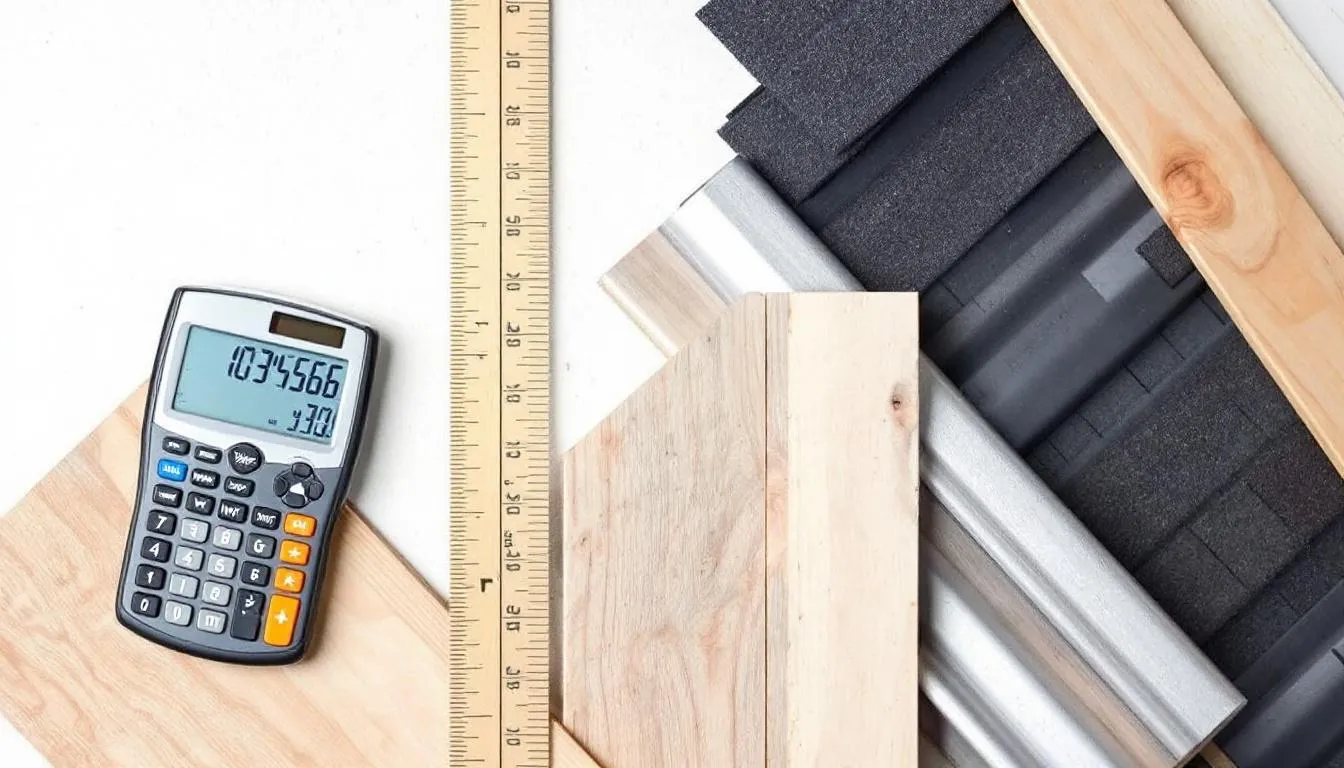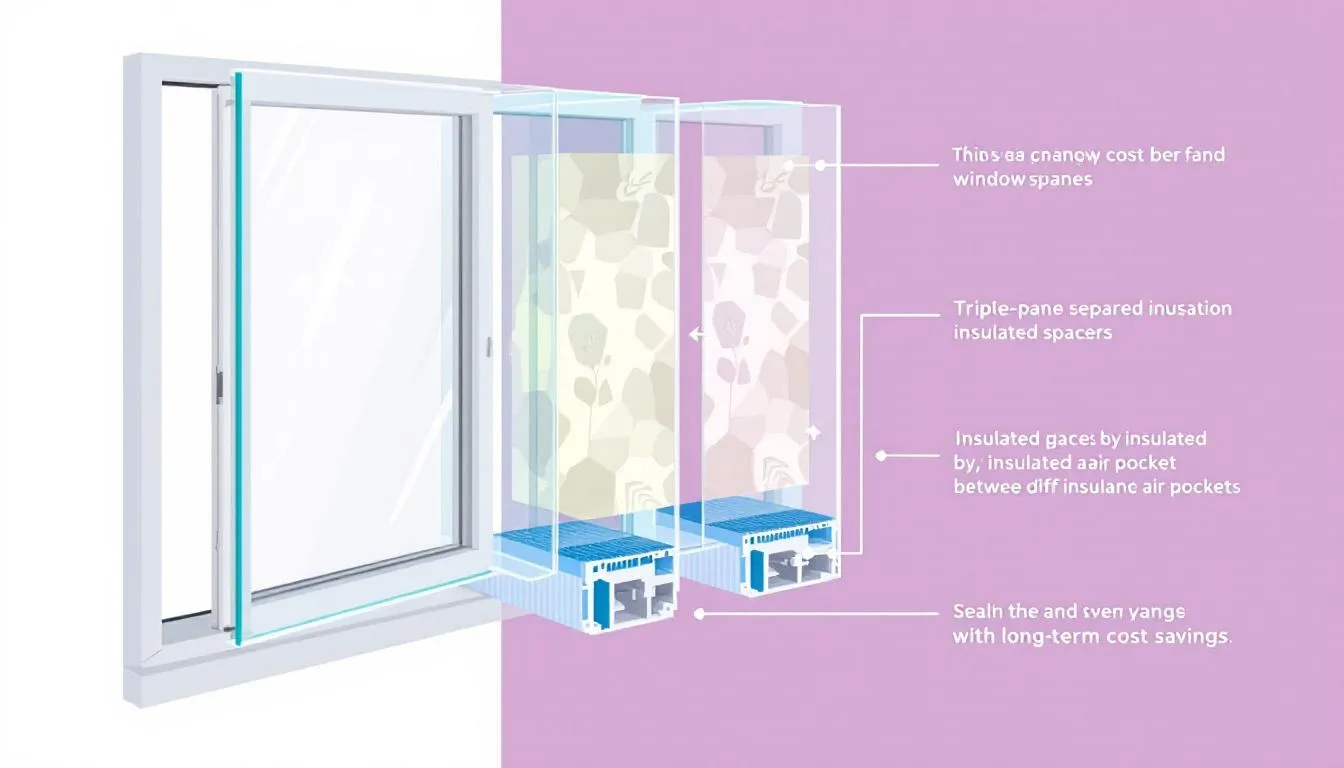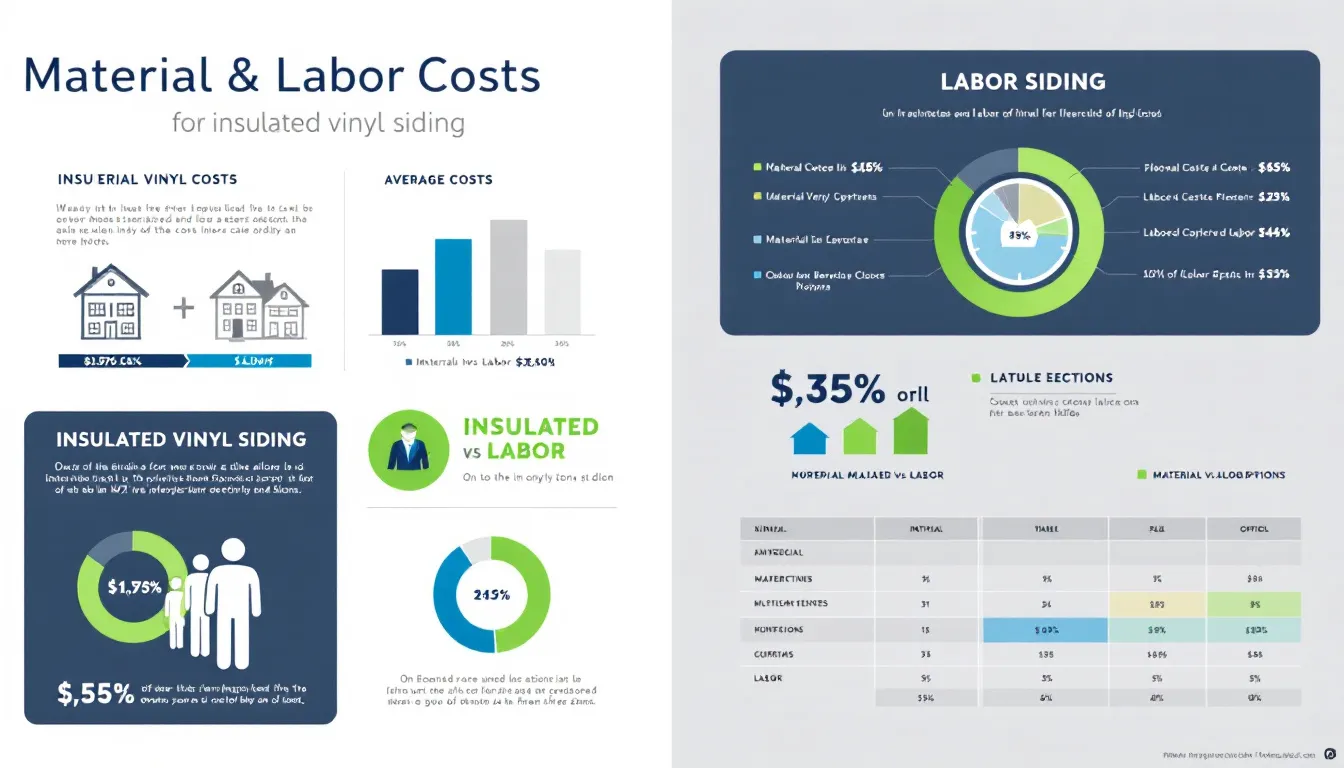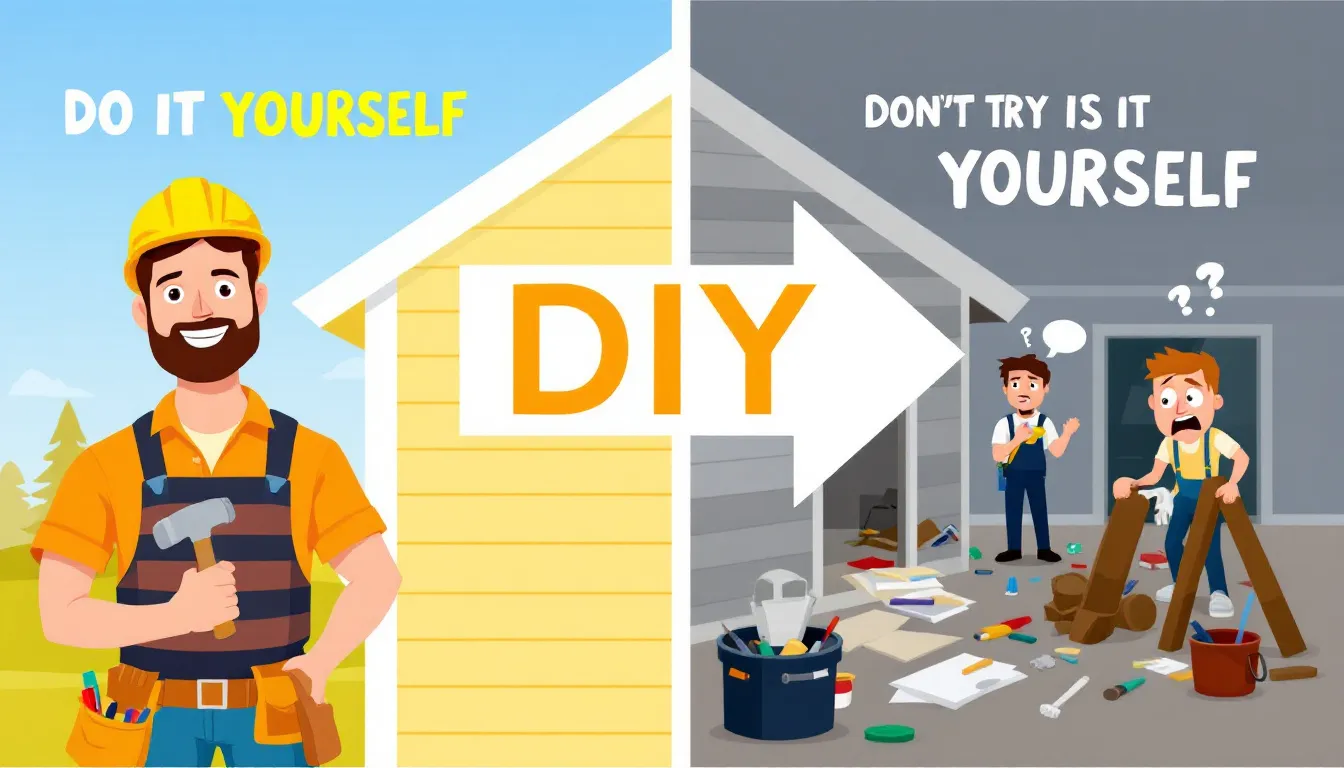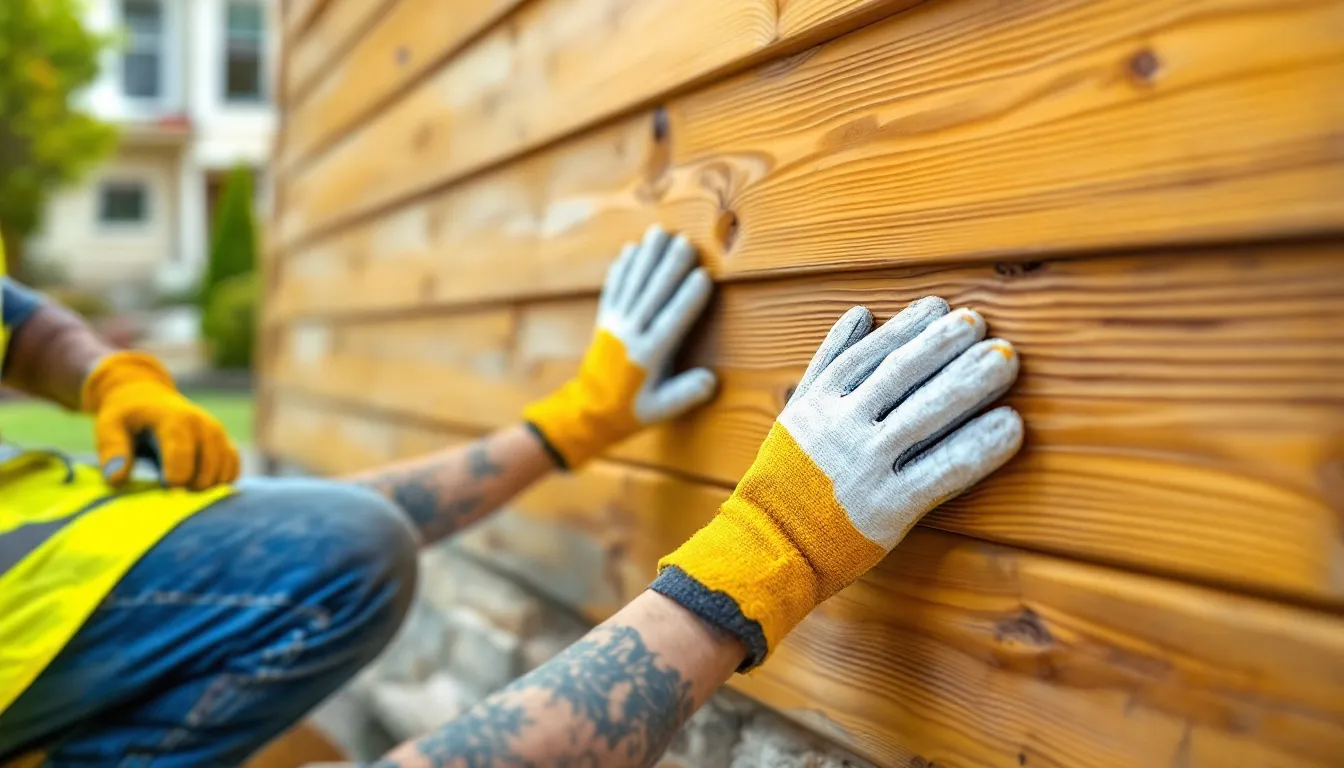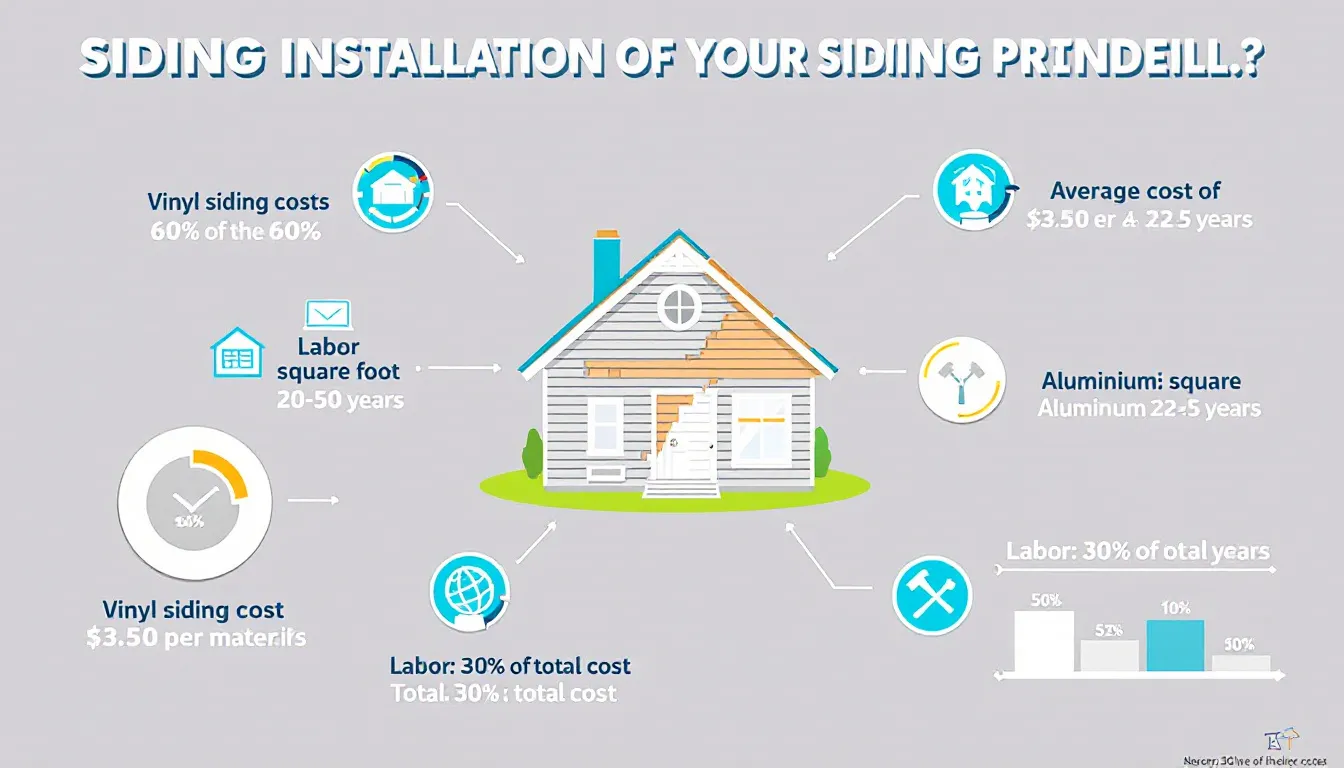Smart Ways to Finance Your New Roof Without the Stress
Wondering how to pay for a new roof? This guide covers options like paying with cash, using loans, credit cards, and government programs. Learn which method suits your budget best.
Key Takeaways
- Homeowners can finance a new roof through several methods including cash payments, credit cards, personal loans, home equity loans, government grants, and roofing company financing, each with different terms and risks.
- Using credit responsibly is crucial when opting for credit cards or personal loans, as they may carry high interest rates that can lead to debt accumulation if not managed properly.
- Consulting a financial advisor can help homeowners evaluate their options and make informed decisions regarding roof financing, ensuring they choose the method that best fits their financial situation.
Pay for a New Roof with Cash or Check
Paying for a new roof with cash or check remains the most straightforward and cost-effective method. This method:
- Helps homeowners avoid interest rates and processing fees, ideal for those with readily available funds.
- Typically involves making an initial deposit.
- Requires completing the payment once the roof installed is finished.
- Ensures you only pay a fixed amount without any hidden costs.
Moreover, cash payments eliminate the complexities of managing loan repayment schedules and the risk of accumulating debt. Most homeowners can directly negotiate with roofing contractors, potentially securing better deals with reputable roofing companies that prefer upfront payments.
This approach not only saves more money in the long run but also simplifies the transaction process, making it an attractive option for those who can afford a long term lease outright.
Using Credit Cards for Roof Financing
For homeowners in need of quick access to funds, using credit cards for roof financing can be a convenient option. Many roofing companies accept credit card payments, allowing you to finance your roofing project without delay. Additionally, if you have a credit card with rewards or a 0% introductory interest rate, you can earn benefits and avoid interest for a limited time.
However, it is crucial to be mindful of the high interest rates associated with credit cards, which can average around 21.37% if not paid off promptly. Additionally, transaction fees ranging from 3% to 5% can add to the overall cost. To make the most of this financing option, it is advisable to pay off the balance before the high interest rates kick in and consider cards with introductory interest-free periods.
While credit cards offer a practical solution for immediate roofing expenses, homeowners must use them responsibly to avoid falling into debt. Carefully consider factors such as interest rates, rewards, and credit limits before deciding on this financing method. When used wisely, credit cards can provide a flexible and efficient way to finance your roofing project.
Personal Loans for Roof Replacement
Personal loans are another viable option for financing a roof replacement. Key features include:
- They are unsecured, meaning they do not require collateral, making them suitable for homeowners without significant assets.
- Loan amounts typically range from $1,000 to $100,000, depending on the lender.
- Repayment terms usually span from two to seven years.
Interest rates for personal loans can vary widely, from 6% to 36%, based on factors such as credit score, income, and other debts. Most lenders offer features like fast funding and no fees, making the application process smoother.
It’s advisable to gather necessary documents, such as income verification, before applying to streamline the approval process. Securing a personal loan allows homeowners to save homeowners cover roof replacement costs and spread payments over time.
Home Equity Loans and HELOCs
Home equity loans and a home equity line of credit (HELOC) present attractive financing options for homeowners with significant equity built up in their homes. These secured loans typically offer lower interest rates compared to unsecured loans because they use your home as collateral. A home equity loan provides a lump sum upfront, with fixed payments over a set term, making monthly expenses predictable.
A HELOC functions as a revolving line of credit with the following features:
- Allows you to borrow against your home’s equity as needed during an initial draw period, usually lasting ten years.
- Can have either fixed or variable interest rates, which can affect repayment amounts and budgeting.
- Offers flexibility, making it suitable for homeowners who may face varying expenses over time.
However, understanding the risks associated with these financing options is vital. Missing payments on a home equity loan or HELOC can lead to foreclosure, as your home serves as collateral. Consulting a financial advisor can help determine whether a home equity loan or a HELOC aligns better with your financial situation and needs.
Government Grants and Programs
Government grants and programs offer another avenue for homeowners seeking roof financing. Programs like the FHA Title I Property Improvement Loan provide government-backed financial assistance for roof replacement, often with favorable terms and fixed interest rates. These loans do not require home equity, making them accessible to a broader range of homeowners.
Eligibility for these programs typically depends on factors such as income, property type, and location, and not everyone qualifies. Some programs are specifically targeted at groups like veterans and rural residents.
Additionally, local and state governments may offer home repair programs that can help alleviate the financial burden of a roof replacement cost. Exploring these options helps homeowners find cost-effective solutions tailored to their needs, especially when they need to have their roof replaced.
Roofing Company Financing Options
Many roofing companies offer their own financing plans, providing a convenient alternative for homeowners. These in-house financing options often feature low monthly payments, allowing you to spread the cost of your roofing project and roofing projects over time. Roofers offer payment plans, and independent roofing contractors may also provide flexible financing options tailored to customer needs. Choosing a local roofing company can enhance your experience with personalized service.
However, it’s essential to understand the terms and compare interest rates, as some roofing company financing plans can have higher interest rates than traditional loans. The application process is often streamlined, leading to quick approvals, but homeowners should read the fine print and ensure they are getting a fair deal.
This ensures you make an informed decision that aligns with your financial situation.
Homeowner's Insurance Coverage
Homeowner’s insurance can play a significant role in covering roof repair costs, depending on the specifics of your policy and the cause of the roof damage. Commonly covered events include damage from hail, wind, fallen trees, or natural disasters, while damage due to neglect or wear and tear is typically not covered.
Before insurance will contribute to repair costs, homeowners usually need to pay a deductible, which can range from $500 to $2,500 or more. It is crucial to maintain and document the condition of your roof, as an insurance claim may be denied based on factors like the roof’s age or lack of maintenance.
Additionally, personal property coverage in a homeowners insurance policy can assist with costs if interior items are damaged due to a roofing issue. Understanding your insurance policy and maintaining your roof ensures adequate limited warranties offer coverage in case of damage, potentially saving significant out-of-pocket expenses when working with an insurance adjuster and an insurance agent from an insurance company to substantially protect your assets.
Comparing Roof Financing Options
When comparing roof financing options, consider factors like interest rates, loan terms, and potential hidden fees. Variable interest rates associated with certain financing options can lead to unpredictable monthly payments, making it crucial to evaluate the stability of your financial situation.
A solid credit history can significantly lower the interest rates on roof financing, while some options may approve loans based on home equity rather than credit scores. Consulting a financial advisor can help establish a plan tailored to your individual financial needs and goals. This professional guidance ensures that you choose the financing option that best aligns with your budget and long-term objectives.
Carefully weighing the pros and cons of each method helps you make an informed decision that minimizes costs and maximizes benefits. Whether you opt for a personal loan, home equity loan, or a government program, understanding the terms and conditions will help you manage your roofing project effectively.
How to Improve Your Credit Score for Better Rates
Improving your credit score can open the door to better financing rates for roof installation. A higher credit score generally leads to lower interest rates, making loan repayments more manageable. Qualifying for a personal loan, often needed for roof financing, typically requires great credit scores in the mid-600s or higher.
To boost your good credit score, focus on timely credit card payments, reducing your debt-to-income ratio, and maintaining a low balance on your credit cards. Taking these steps enhances your credit rating, securing more favorable terms for roof financing and ultimately saving money.
Benefits of Financing a New Roof
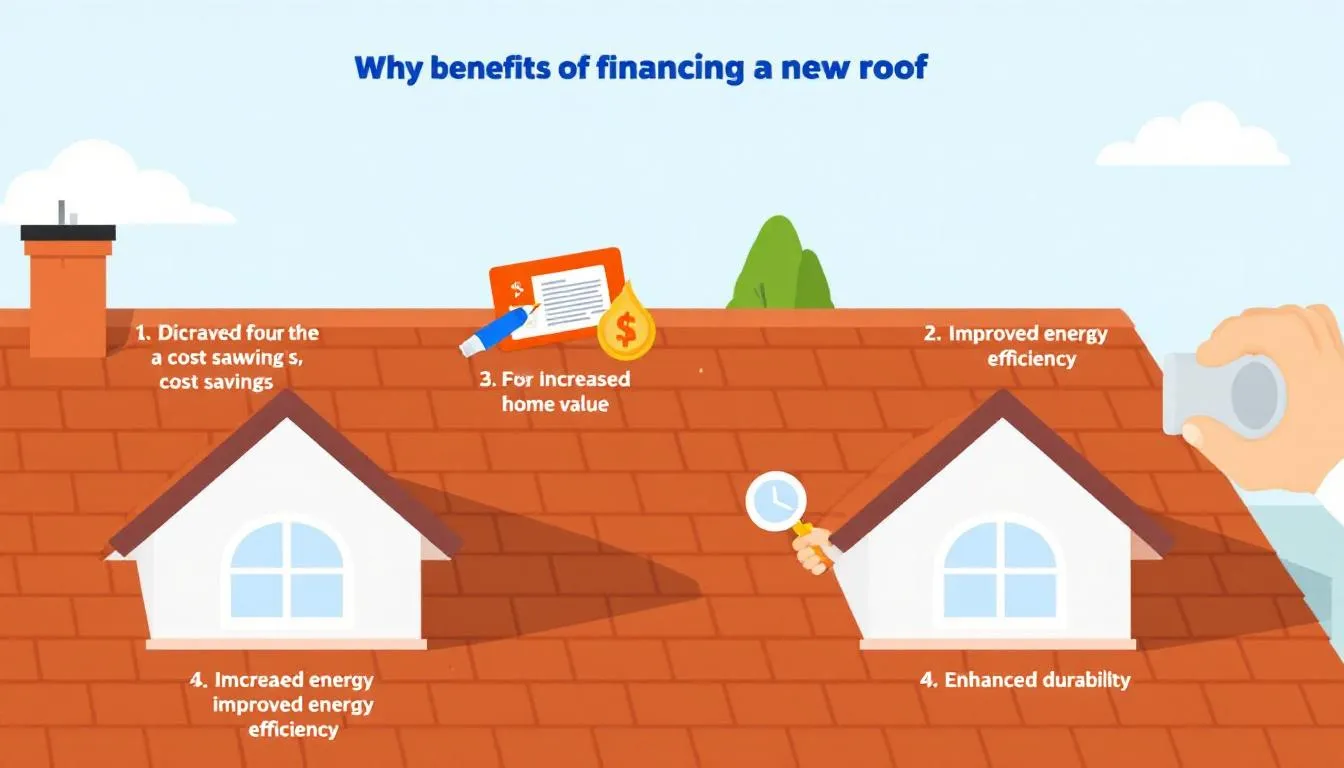
Financing a new roof offers several significant benefits. It provides immediate access to necessary repairs, even if you don’t have the cash on hand. This means you can start your roofing project now and pay later, ensuring timely roof replacement and protection for your home.
Converting a large upfront cost into manageable monthly payments allows homeowners to budget more effectively. Additionally, some financing options offer deferred payments for an initial period without incurring interest, easing the financial burden.
Financing can also increase your home’s resale value, offering a potential return on investment. Many homeowners choose financing to afford a better quality roof than they could pay for outright, enhancing property value and ensuring long-term durability.
Whether dealing with unexpected repairs or planning other home improvement projects, less financing options offers financing flexibility and financial relief for those seeking extra money.
Risks of Financing a New Roof

While financing a new roof can be beneficial, it also comes with risks. Using a home equity loan to finance roofing repairs carries the risk of losing your home if payments are missed. The lender can repossess your collateral, which in this case is your home, if you fail to meet payment obligations.
Additionally, roof financing can lead to:
- Higher overall costs due to interest rates and potential hidden fees.
- Negative impact on your credit rating if monthly payments are missed.
- Higher APR fees as a result of a lowered credit rating.
- Risk of collateral repossession.
Understanding the terms and conditions of your financing agreement and ensuring you can meet repayment requirements helps avoid these risks.
Summary
Navigating the various roof financing options can seem overwhelming, but understanding each method’s benefits and risks can help you make an informed decision. Emergency repair programs, small grants, and tax rebates can significantly reduce the need for substantial loans and overall interest costs.
Government programs and homeowner’s insurance can also play a crucial role in financing roof repairs, alleviating some of the financial burdens. Because of the high cost of roof replacement, many homeowners seek financing options to cover the total cost, enabling effective payment management.
Choosing the right financing option for your roof replacement is vital to ensure your home’s longevity and financial stability. From paying with cash to utilizing credit cards, personal loans, home equity loans, and government programs, each method offers unique advantages and potential drawbacks.
By considering your financial situation, consulting with professionals, and understanding the terms and conditions, you can make a well-informed decision that meets your needs. Properly financing your roof not only protects your home but also provides peace of mind, knowing that your investment is secure.
